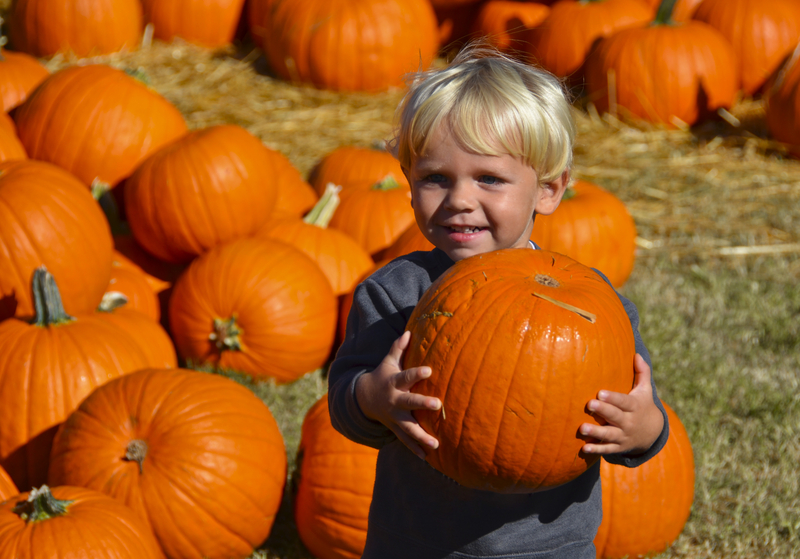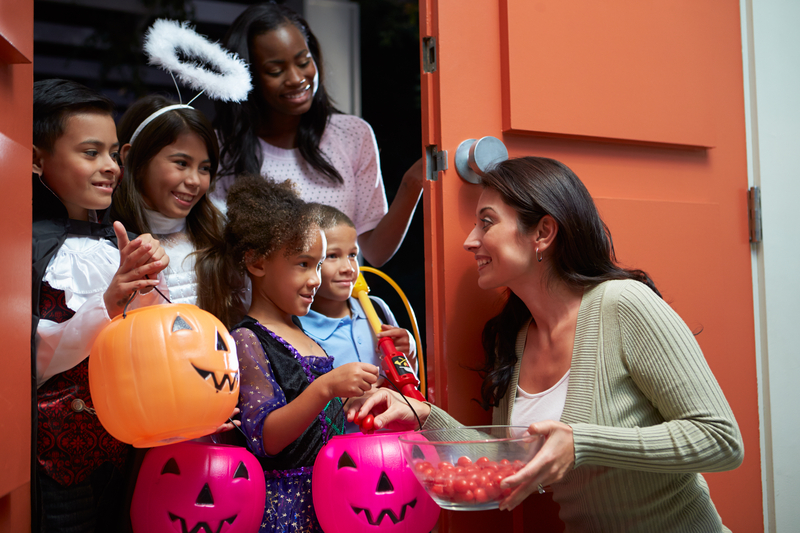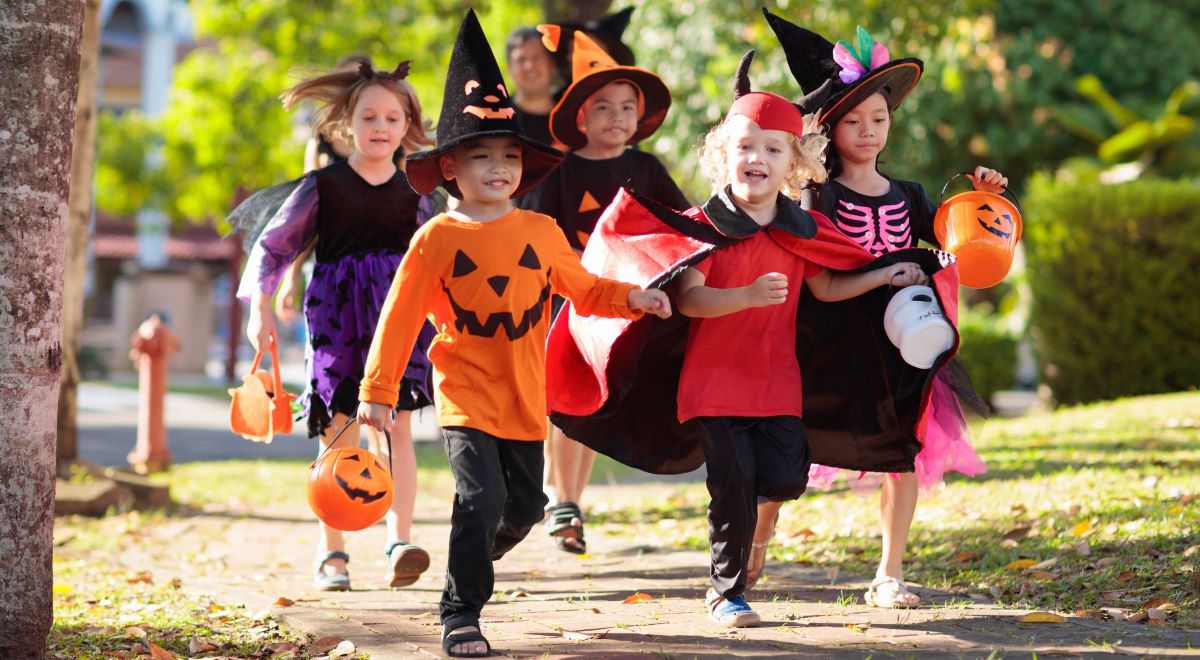Halloween can be a lot of fun for children, and many children will have seen Halloween celebrations spoken about on television shows, in films or on internet videos. To help ensure this time of year is enjoyable and not overly scary, we can consider taking a sensitive and inclusive approach to the season, keeping activities and decorations age-appropriate to avoid unnecessary trauma or distress.
Here are three simple ways you can sensitively celebrate Halloween with children, either at home or in the classroom.
Focus on fun not fear

Halloween can be about blood and gore but it can also be about imagination, play and creativity. Some ways to enhance these elements are through thinking about costumes, decorations and making the most of daytime activities. When it comes to costumes, encourage children to think about fun, imaginative ideas, such as superheroes, animals, or characters from books. Talk about the idea that costumes are only pretend, and that behind the mask or under the hat it is just a person. When decorating, avoid blood-stained items or body parts, and make a shift to pumpkins, colourful lights, giant spiderwebs, happy ghosts or silly monsters. Shift to daytime activities such as pumpkin picking, going on a tractor ride at a farm, or reading age-appropriate Halloween books in the day time with a torch in a tent.
Ensure accessible and inclusive celebrations

Make sure all children, regardless of their needs or family practices, can participate comfortably at this time of year. Ways that we can achieve this is ensuring there is no pressure to take part in Halloween activities or games; some families may not celebrate Halloween for cultural or religious reasons. Make sure non-participatory activities are available and equally fun, so no child feels excluded or singled out. For those who do take part, particularly if they may be younger or neurodivergent and sensitive to senses, remember that Halloween can be overwhelming due to the loud noises, flashing lights, unexpected objects and change in routine. Light up or noisy decorations can be turned off and still look appealing! Create a ‘quiet zone’ in your classroom or home in case children need to relax during this busy time.
When it comes to treats, be extremely mindful of food allergies; simple spooky foods can be created such as ghost bananas (simply put raisin eyes on half a banana!) using healthy choices. You can also think about offering non-food treats (like stickers, pencils or small toys) as an alternative. If you are hosting a party, clearly label all ingredients or serve only allergy-friendly snacks.
Help children feel safe at Halloween

The unexpected nature of trick-or-treating can be overwhelming for children, especially as it comes before bedtime and will likely break their normal daily routine. Give children a sense of control over their experience by employing these simple strategies:
- Suggest a ‘safe word’: Before trick-or-treating, come up with ‘safe word’ or signal. If a child feels too scared or wants to stop, using the word means you immediately leave the activity, no questions asked. This gives them agency over their fear.
- Walk through decorations: If you are setting up a space with decorations, walk a sensitive child through it in the light, pointing out how the ‘scary’ things are just props and helping them touch or examine them. Even better, let the children help choose the items at the shop or online so they choose items they are comfortable with.
- Preparation for trick-or-treating: If you plan on taking your child trick-or-treating, talk through the process beforehand: We'll only go to houses with lights on/with pumpkins and decorations outside. We'll wait our turn if other children are already at the door. We'll say ‘Thank you’. A predictable routine is reassuring.
- Talk about ‘pretend’: Regularly talk about how monsters and ghosts are pretend and not real. For older children, you can even talk about how costumes are made and how special effects work.
This Halloween, ask yourself: are these ideas sensitive, inclusive and age-appropriate? By focusing on kindness, fun and respect for every child’s comfort level, you can create a truly positive and sensitive Halloween experience that will create special memories and traditions for years to come. Happy Halloween!




Rate and Review
Rate this article
Review this article
Log into OpenLearn to leave reviews and join in the conversation.
Article reviews